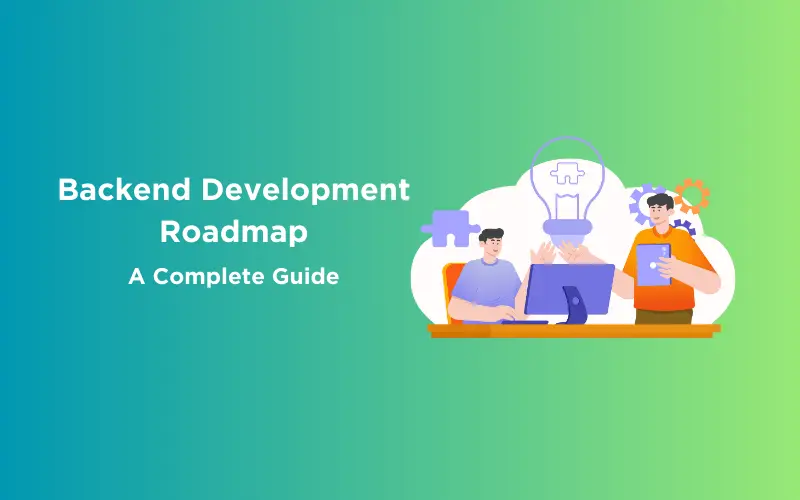
Backend Development Roadmap: A Complete Guide 2024
Mar 25, 2024 7 Min Read 1842 Views
(Last Updated)
In the swiftly evolving landscape of technology, backend development stands as an important foundation that powers the web and mobile applications we rely on daily. As we step into 2024, backend development continues to expand, embracing new technologies, frameworks, and methodologies that promise to redefine how digital services are delivered.
This blog post aims to provide a comprehensive backend development roadmap in 2024, covering everything from learning the basics to staying updated on industry trends. By reading this post, you’ll gain insights into the essential skills, technologies, and best practices that will shape the future of backend development, setting a strong foundation for your journey in building robust, scalable, and secure web applications.
Let’s start this journey to learn more about backend development and equip you with the knowledge to excel in this competitive field.
Table of contents
- What is Backend Development?
- Backend Development Roadmap in 2024
- Begin with the Basics
- Learn How the Web Works
- Fundamentals of Computer Science
- Programming Languages
- Backend Framework
- Fundamentals of Web Security
- Version Control Systems
- Fundamental Backend Concepts
- Get Certified
- Build a Nice Portfolio with Projects
- Take an Internship
- Apply for Relevant Jobs
- Develop a Good Network
- Backend Developer Salaries in India
- Conclusion
- FAQs
- Do I need a degree in computer science to become a backend developer in 2024?
- What are the most important programming languages to learn for backend development in 2024?
- How long does it typically take to become proficient in backend development?
What is Backend Development?
Backend development refers to the server-side development of web applications or services, focusing on how the application works. It involves everything that the user doesn’t see and includes the application’s server, database, and server-side applications. The core responsibilities and components of backend development include:
- Database Management: Creating, integrating, managing, and storing data in databases.
- Server-Side Logic: Writing the logic and algorithms that power the application’s functionality.
- API (Application Programming Interface) Development: Developing APIs that frontend applications can use to communicate with the server side.
- Security: Ensuring the application’s data and servers are secure from unauthorized access and attacks.
- Performance Optimization: Make sure the server, database, and application logic are optimized for speed and efficiency.
- Scalability: Designing and implementing solutions that allow the application to scale and support more users or data as needed.
- Integration: Integrating third-party services, like payment gateways or social media platforms, into the application.
Also Read: Top 7 Back-End Developer Skills You Should Know
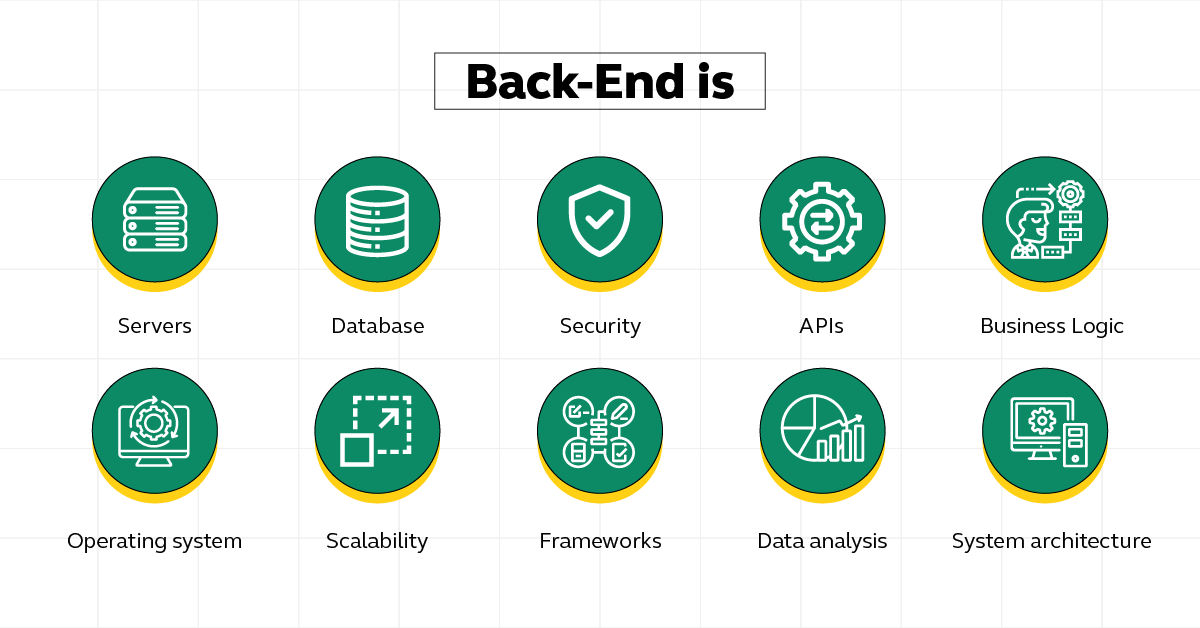
Now that we’ve explored the essentials of backend development, let’s get into the backend development roadmap for 2024, outlining the important skills, technologies, and trends shaping the future of this dynamic field.
Before we move to the next section, if you want to learn more about backend development & upgrade in career, consider enrolling for GUVI’s Full-stack development Career Program that offers expert-led LIVE classes, Job-skills, Industry-grade Certifications & Placement Assistance for your Professional future.
Backend Development Roadmap in 2024
Creating a roadmap for backend development in 2024 involves a structured approach to learning and professional development, focusing on acquiring the necessary skills, knowledge, and experience to become proficient in backend development. Here’s a structured roadmap:
1. Begin with the Basics
Understanding the basics of backend development is important for those entering the field, focusing on:
- Servers: Powerful computers host websites and applications, making them accessible online.
- Databases: Organized systems for storing, retrieving, and managing data.
- APIs: These facilitate communication between software components, enabling data exchange.
Grasping these core concepts lays the groundwork for understanding web application functionality and content delivery from the backend perspective.
Explore: Use ReactJS to Fetch and Display Data from API – 5 Simple Steps
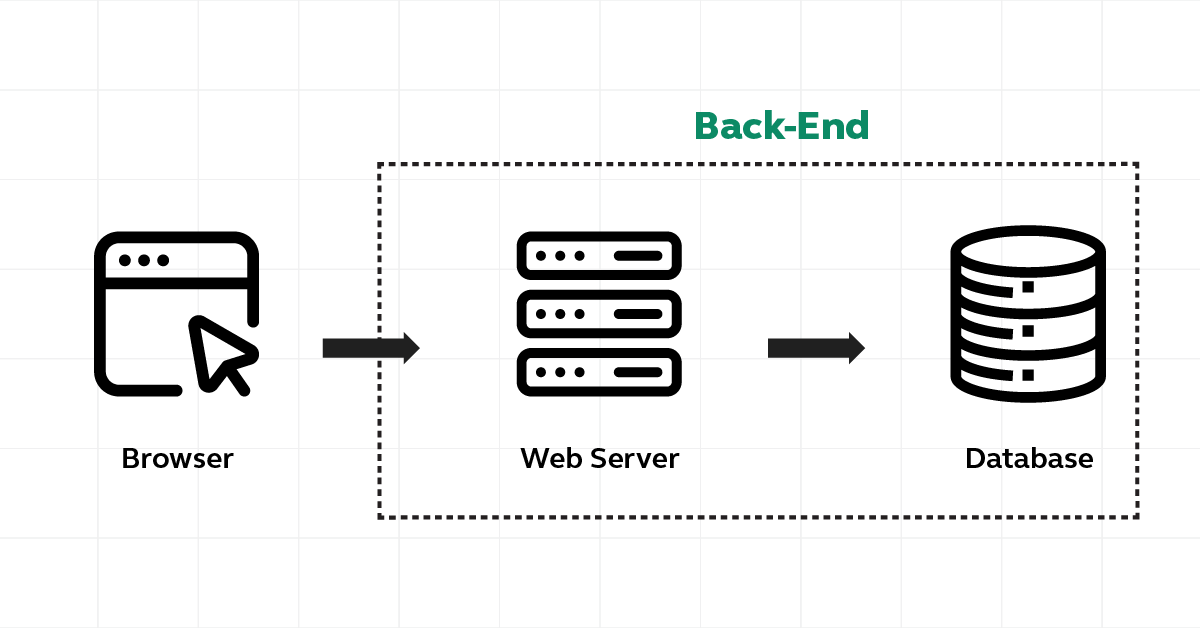

2. Learn How the Web Works
Learning how the web works is important for backend developers, and here are some key points highlighted:
- HTTP and HTTPS Protocols: These are the foundational rules for data transfer on the web, with HTTPS adding encryption for secure communication.
- Domain Name System (DNS): This system translates human-friendly domain names into IP addresses, facilitating device identification on the network.
- Web Hosting: Hosting services are necessary for making websites accessible online, involving server configuration and management.
These elements are important for backend developers to develop, deploy, and maintain efficient, scalable, and secure web applications and services.
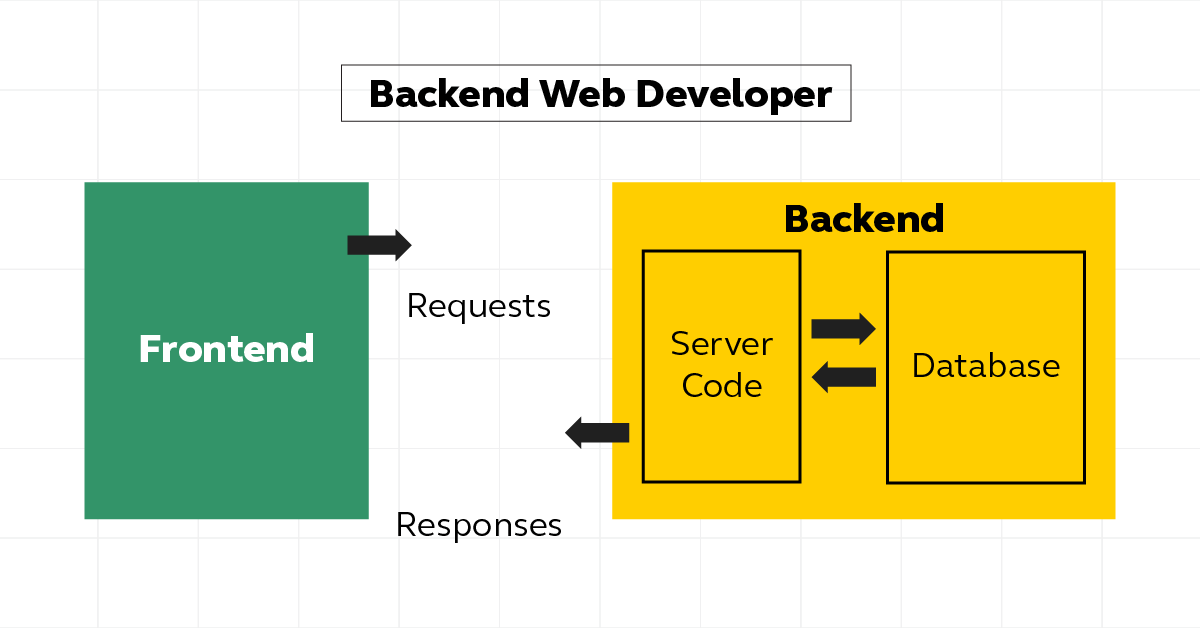
3. Fundamentals of Computer Science
For backend development, mastering the fundamentals of computer science is important, particularly:
- Data Structures: Important for efficient data organization and storage. Key structures include arrays, linked lists, trees, and graphs.
- Algorithms: These are essential for executing step-by-step procedures for calculations and data processing, important for solving complex problems and optimizing performance.
- System Design: Involves architecting a system to meet requirements like scalability, reliability, and maintainability, ensuring the backend can adapt to changing demands.
Understanding these computer science principles is important for backend developers, as they form the basis for writing efficient code, optimizing application performance, and designing systems that can scale and adapt to changing demands.
Read | 5 Best Reasons to Learn Data Structures and Algorithms [DSA]
4. Programming Languages
Backend development, which involves the server-side aspects of web and software development, utilizes various programming languages. The choice of language often depends on factors such as the project requirements, scalability needs, performance, and developer expertise. Here are some of the most commonly used languages in backend development:
- JavaScript (Node.js): Originally designed for front-end development, JavaScript, with the advent of Node.js, has become a popular choice for backend development as well. Node.js allows JavaScript to run on the server side, enabling full-stack development with a single language.
- Python: Known for its readability and simplicity, Python is widely used in backend development, particularly in web applications, data analysis, artificial intelligence, and scientific computing. Frameworks like Django and Flask make Python a powerful choice for web backend development.
- Java: A long-established language in the industry, Java is used in a wide range of server-side applications. Its platform independence, robustness, and extensive libraries and frameworks, such as Spring and Hibernate, make it a solid choice for large-scale and enterprise-level applications.
- C#: Developed by Microsoft, C# is often used in developing backend systems for Windows platforms. It’s a part of the .NET framework, which provides a vast ecosystem for building various types of applications, from web to game development.
- Ruby: Known for its elegant syntax, Ruby, and particularly its Rails framework (Ruby on Rails), offers a convention over configuration approach that speeds up the development process, making it a favorite among startups and rapid development projects.
- PHP: Despite mixed opinions in the developer community, PHP remains widely used, particularly in web development. It powers a significant portion of the web, including popular content management systems like WordPress.
The choice of language often depends on the specific needs of the project, the existing technology stack, and the expertise of the development team. Each language has its strengths and communities, offering various frameworks and libraries to facilitate efficient backend development.
Must Read: The Easiest Programming Languages to Learn in 2024
5. Backend Framework
Backend development frameworks provide tools, libraries, and a structure to build and manage web applications, APIs, and other backend services. These frameworks aim to simplify and speed up the development process, ensure best practices, and enhance scalability, security, and maintainability. Here’s an overview of some popular backend development frameworks associated with various programming languages:
JavaScript (Node.js)
- Express.js: Minimalist and flexible, Express is one of the most popular Node.js frameworks. It’s known for its performance and is used for building APIs and web applications.
- NestJS: A framework for building efficient, reliable, and scalable server-side applications. It uses TypeScript by default and is heavily inspired by Angular.
- Koa.js: Designed by the creators of Express, Koa aims to be a smaller, more expressive, and more robust foundation for web applications and APIs.
Python
- Django: A high-level Python web framework that encourages rapid development and clean, pragmatic design. It includes an ORM, a user authentication system, and more out-of-the-box.
- Flask: A micro web framework for Python based on Werkzeug and Jinja 2. It’s lightweight and modular, making it adaptable to developers’ needs.
- FastAPI: A modern, fast (high-performance) web framework for building APIs with Python 3.6+ based on standard Python type hints.
Java
- Spring Boot: An extension of the Spring framework that simplifies the initial setup and development of new Spring applications. It’s widely used for building microservices.
- Hibernate: An ORM framework for mapping an object-oriented domain model to a relational database in Java applications.
- Apache Struts: A free, open-source framework for creating elegant, modern Java web applications. It favors convention over configuration and is extensible using a plugin architecture.
C#
- ASP.NET Core: A free, open-source, and cross-platform framework for building modern, cloud-based, internet-connected applications. It’s a redesign of ASP.NET that combines MVC and Web API into a single framework
PHP
- Laravel: A web application framework with expressive, elegant syntax. Laravel aims to make the development process a pleasing one for the developer without sacrificing application functionality.
- Symfony: A set of reusable PHP components and a PHP framework for web projects. It’s known for its stability, reliability, and modular components that can be used in any PHP project.
Go (Golang)
- Gin: A web framework written in Go (Golang). It features a Martini-like API with much better performance, up to 40 times faster due to HTTP router.
- Beego: An open-source, high-performance web framework for the Go programming language. It embraces the MVC architectural pattern and includes an ORM, a router, and more.
These frameworks offer various functionalities and tools to streamline the development process, and the choice of framework often depends on the specific needs of the project, the existing technology stack, and the team’s familiarity with the language and framework.
Learn More: Top 6 Backend Frameworks That You Should Know in 2024
6. Fundamentals of Web Security
Web security is an important aspect of backend development, encompassing the practices and technologies used to protect web servers, web applications, and user data from threats. Key points include:
- SQL injection: Malicious SQL codes in input fields, compromising database access.
- Cross-site scripting (XSS): Injecting harmful scripts into web pages, affecting other users.
- Cross-site request forgery (CSRF): Deceiving users into unintended actions.
Developers must employ strategies like input validation, proper authentication and authorization, and encryption to counter these threats, ensuring application safety and data integrity. Backend developers must implement best practices like input validation, authentication, authorization, and encryption to mitigate these risks. Learning about web security helps developers ensure the integrity, confidentiality, and availability of their applications, protecting both the users and the infrastructure.
Also Read: Backend Developers: Roles, Responsibilities, Skills, and Salary
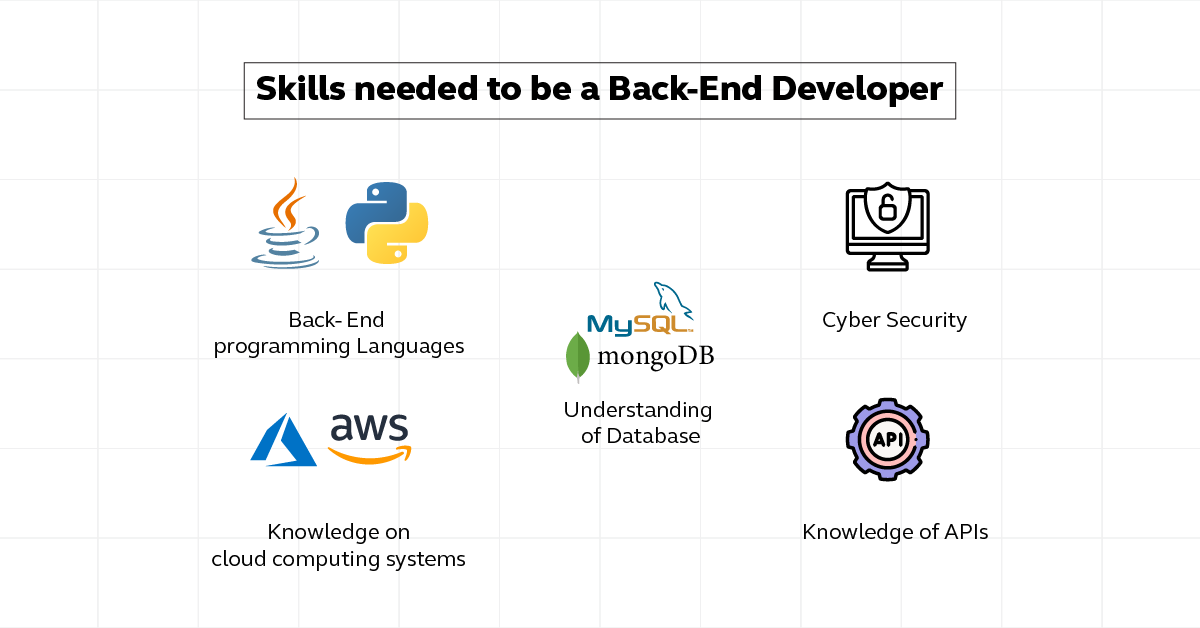
7. Version Control Systems
Version control systems, like Git, are important in backend development for managing code changes. Key practices include:
- Tracking changes for collaboration and error resolution.
- Committing frequently with clear messages for a transparent history.
- Using branches for feature and development stage management.
These practices ensure an organized, efficient development process. Mastering version control is a key skill for backend developers, ensuring that the development process is organized, efficient, and resilient to errors.
8. Fundamental Backend Concepts
Advanced backend development is characterized by several key concepts:
- RESTful Services: These services adhere to REST principles, offering a structured, stateless communication method between client and server, which enhances simplicity and scalability.
- Microservices Architecture: This approach breaks down applications into smaller, independently deployable services, improving modularity and making the development and testing processes more manageable.
- Containerization: Tools like Docker allow developers to encapsulate applications and their dependencies into containers, promoting consistency across different computing environments and facilitating easier deployment and scaling.
Understanding these concepts allows backend developers to build scalable, maintainable, and efficient applications that can adapt to changing business requirements and technological advancements.
Also Read: What Does a Top Backend Developer Do? The Ultimate Guide
9. Get Certified
Professional certifications are valuable for backend developers to validate their skills and knowledge. Here are some key points:
- Certifications can cover a range of topics from specific languages to development practices.
- They demonstrate a commitment to professional development.
- While not always required, they can enhance a resume and lead to higher salaries.
However, it’s essential to choose certifications that are respected within the industry and relevant to the developer’s career goals and the technologies they use.
10. Build a Nice Portfolio with Projects
A well-crafted portfolio is important for backend developers looking to showcase their skills and expertise. It should include a variety of projects that demonstrate the developer’s ability to solve complex problems, implement various technologies, and deliver functional, efficient backend solutions. Projects could range from web applications, APIs, and database designs to integration with third-party services and implementation of security best practices.
Each project in the portfolio should be accompanied by a detailed description of the problem, the chosen solution, and the technologies used, highlighting the developer’s role and contributions. A strong portfolio not only showcases technical skills but also demonstrates problem-solving abilities, creativity, and a commitment to producing high-quality work.
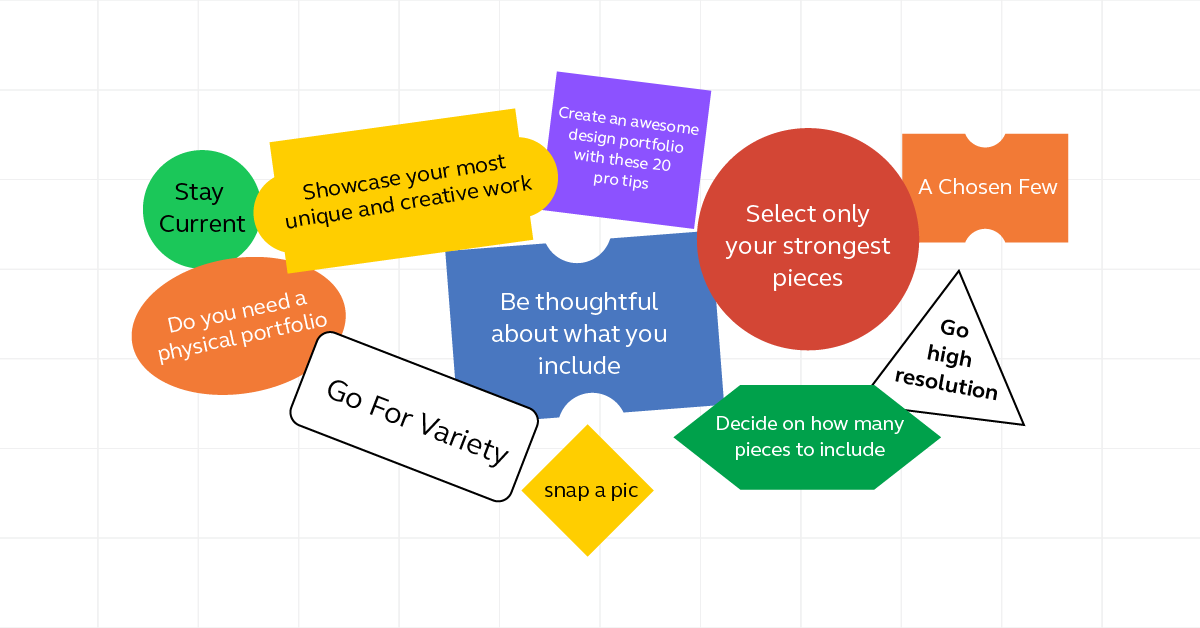
11. Take an Internship
Internships are important for gaining practical experience in backend development. They allow you to:
- Work on real-world projects and apply theoretical knowledge practically.
- Understand the daily operations of a development team.
- Learn industry best practices and project management skills.
Moreover, internships can lead to networking opportunities, mentorship, and potentially full-time job offers. When seeking internships, choosing companies or organizations that align with the developer’s interests and career goals is important, ensuring a meaningful and beneficial experience.
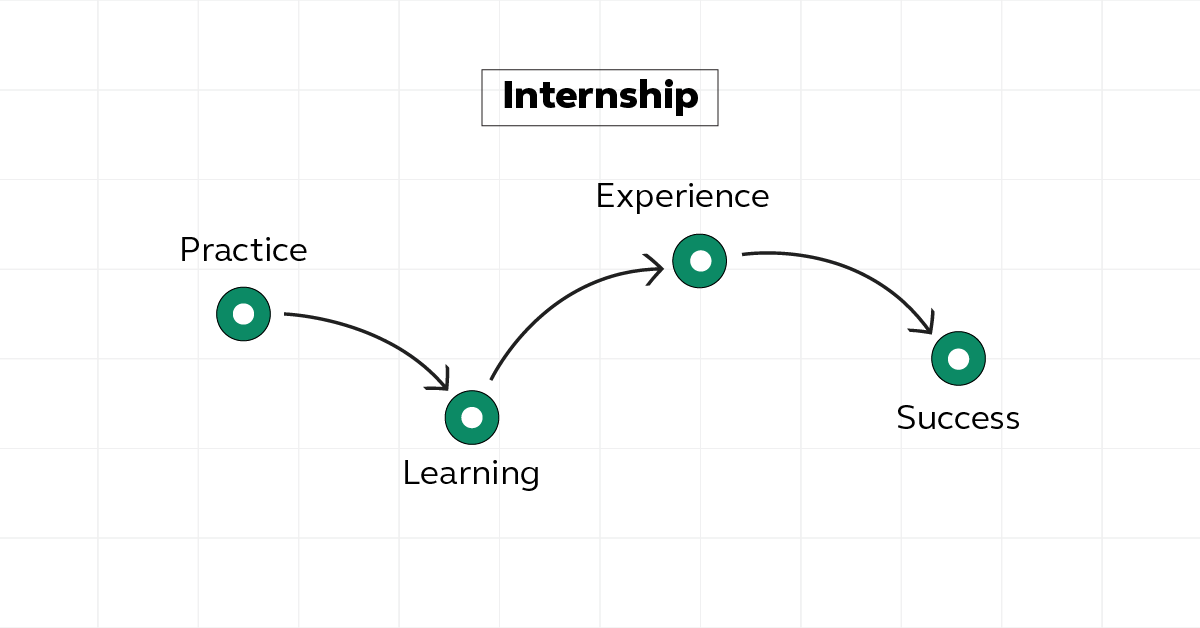
12. Apply for Relevant Jobs
Applying for backend development roles requires a strategic approach. Developers should tailor their resumes and cover letters to highlight the skills and experiences most relevant to the position they’re applying for. This might include specific programming languages, frameworks, projects, and problem-solving examples. Researching the company and understanding its products, technologies, and culture can also inform how to present one’s application.
Preparing for interviews is important, focusing on technical skills, past projects, and behavioral questions to assess how a candidate fits within the team. Networking, attending industry events, and using online platforms can also uncover job opportunities that may not be advertised widely.
13. Develop a Good Network
Networking is an essential aspect of career development for backend developers. Building a professional network can lead to job opportunities, collaborations, mentorship, and knowledge exchange. Developers can engage in networking by attending industry conferences, meetups, and workshops, as well as participating in online forums and communities related to their field of expertise.
Social media platforms like LinkedIn are also valuable for connecting with other professionals, sharing achievements, and staying informed about industry trends. A strong network can provide support, advice, and opportunities for career growth, making it an invaluable asset for any backend developer.
Following this roadmap can help aspiring backend developers build a strong foundation, develop in-demand skills, and advance their careers in the evolving field of backend development.
Backend Developer Salaries in India
According to Payscale, the average salary for a Back End Developer/Engineer in India in 2024 is approximately ₹509,923 per year, with potential earnings ranging from ₹181,000 to ₹1,000,000 based on experience and additional skills.
This figure includes base salary, bonuses, profit sharing, and commissions. Factors influencing earnings include experience level, and technical proficiency in languages like JavaScript, Node.js, Python, and database management systems.
Must Read About Backend Developer Salary in India & USA [2024]
Ready to elevate your coding career? Join GUVI’s Full Stack Development Career Program today and master frontend, backend & database management skills. Enroll now!
Conclusion
We encourage you to embrace this journey with enthusiasm and curiosity. Backend development is ever-evolving, and by keeping your skills sharp and staying updated with the latest trends, you’ll not only secure your place in the tech industry but also open doors to endless possibilities and innovations.
Let this year be the year you learn backend development and transform your passion for technology into a thriving career. The future is bright, and your journey as a backend developer is just beginning. Let’s make it remarkable!
Also Read: Frontend vs Backend Development: Top 7 Differences
FAQs
Do I need a degree in computer science to become a backend developer in 2024?
Not necessarily! While a computer science degree can provide a strong foundation in programming and technical concepts, many successful backend developers have taken alternative paths.
With the abundance of online courses, bootcamps, and resources available, you can acquire the necessary skills and knowledge through self-study and practical experience.
What are the most important programming languages to learn for backend development in 2024?
While the “best” programming language can depend on the specific job or project, some of the most popular and in-demand languages for backend development include Python, Java, JavaScript (Node.js), Ruby, and Go.
Python and Java are known for their versatility and robust frameworks, making them a great choice for beginners and experienced developers alike.

How long does it typically take to become proficient in backend development?
The timeline to become proficient in backend development can vary widely depending on your starting point, the time you can dedicate to learning, and how quickly you grasp technical concepts.
On average, if you’re starting from scratch and dedicating a few hours each day to learning and practice, you might reach an entry-level proficiency in about a year.





















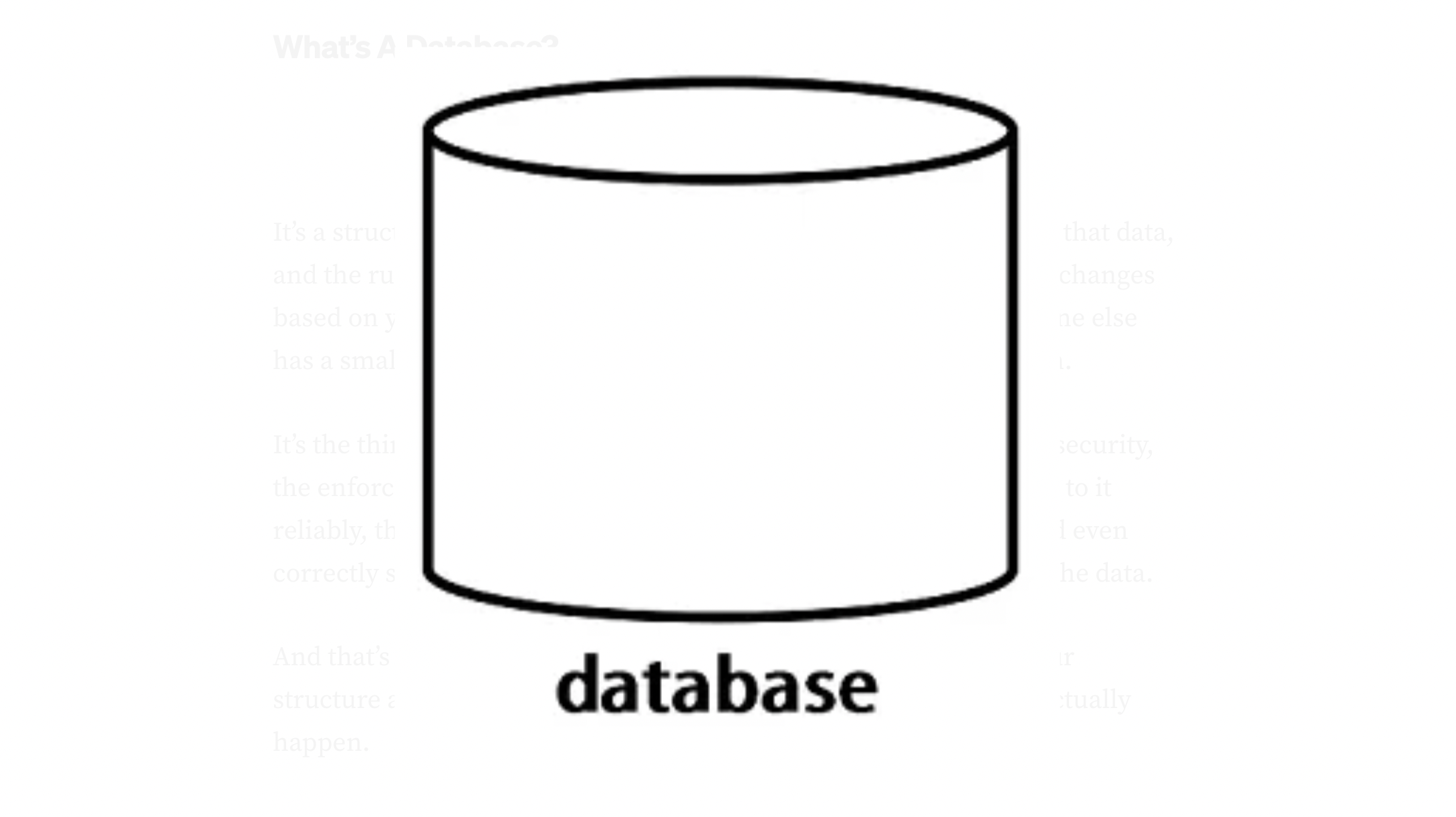


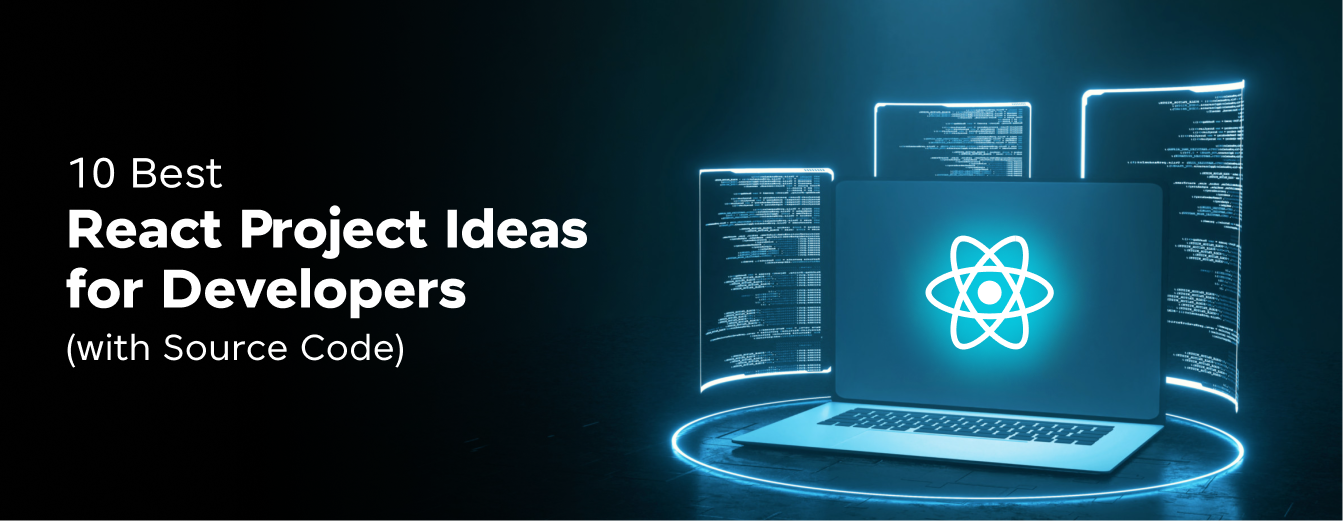

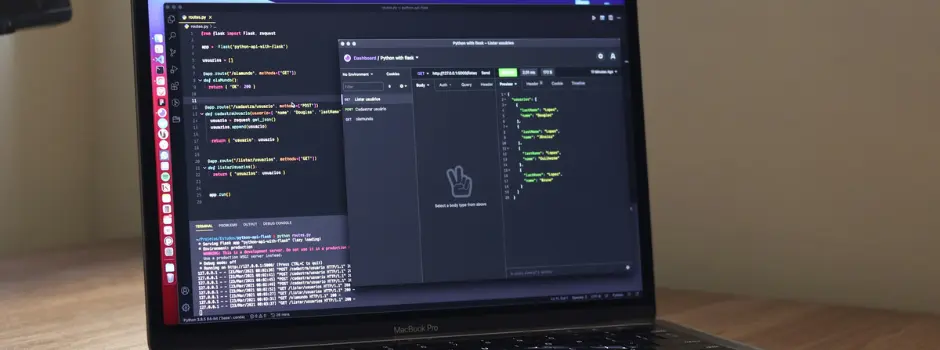

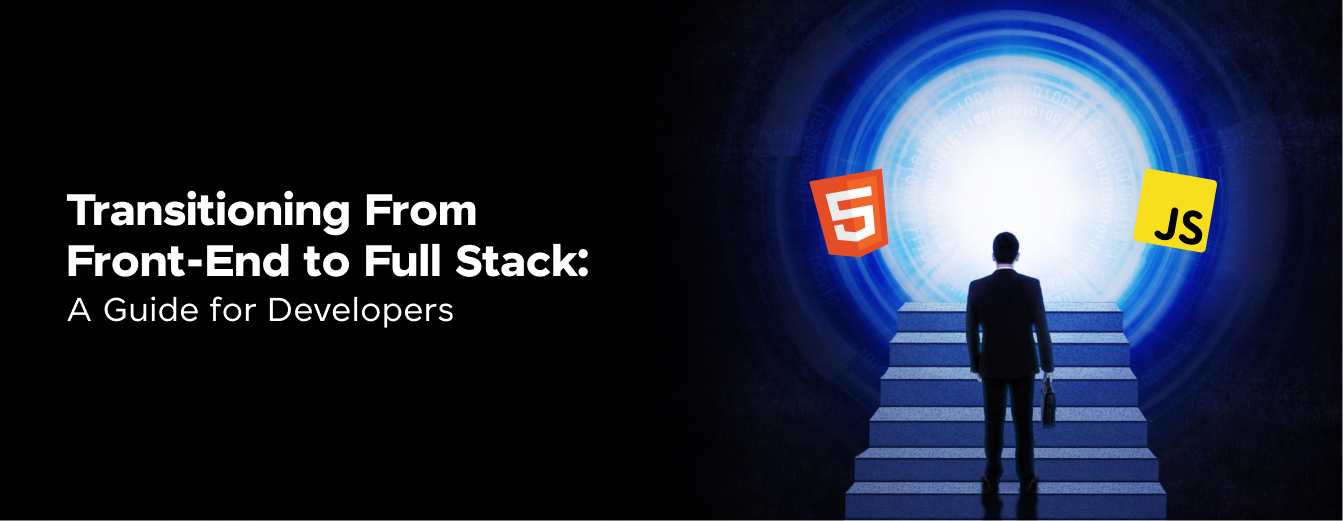
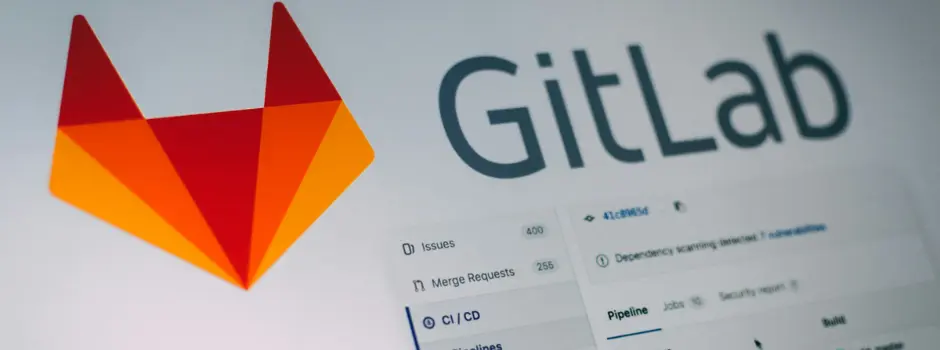
Did you enjoy this article?